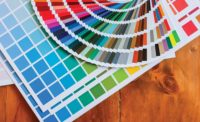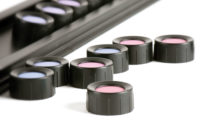Over the years, color quality control has evolved significantly, driven by advances in technology and changing industry needs. In the past, color measurement was a manual and subjective process, relying on the human eye to discern differences in shade and hue. However, with the advent of digital color measurement technologies, the process has become more objective and precise, with greater accuracy and consistency across various industries.

Solve Color Measurement Challenges
 Greg Shrider, vice president, head of key accounts for BYK-Gardner USA, shares his insights from 36 years of experience in the field of color measurement, including how to address color challenges, common misconceptions, and today’s trends, including how the pandemic affected the color world.
Greg Shrider, vice president, head of key accounts for BYK-Gardner USA, shares his insights from 36 years of experience in the field of color measurement, including how to address color challenges, common misconceptions, and today’s trends, including how the pandemic affected the color world.
Listen to more Quality podcasts.
One of the key technologies that have revolutionized color quality control is spectrophotometry. According to Matthew Adby, product management director, X-Rite, "Spectrophotometers enable more precise color matching, reducing rework and material usage." This technology measures the amount of light reflected or transmitted by a sample at different wavelengths, allowing for the accurate determination of color values. Spectrophotometers have become a standard tool for color measurement in industries such as printing, textiles, plastics, and automotive coatings, among others.
Spectrophotometers have been around for decades, but for the majority of this time, they have mostly been designed to measure solid color only, says Lloyd Vliet, senior marketing manager, Datacolor. But in the last few years, hyperspectral imaging technology has allowed companies to develop products that makes it easier to measure materials like prints, lace, mesh, zippers and buttons.
In addition to spectrophotometers, other digital color measurement technologies have emerged, such as colorimeters and tristimulus colorimeters, which measure color based on the three primary colors: red, green, and blue. These technologies have become more compact, portable, and user-friendly, enabling on-site color measurement and analysis.
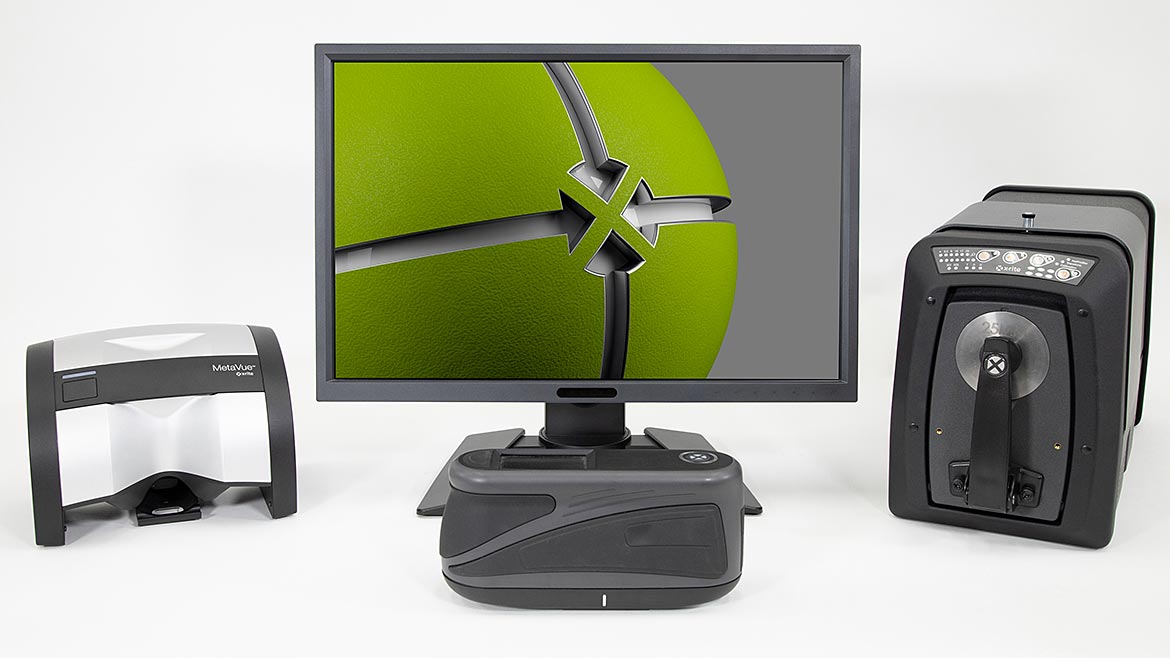
Cloud-based software’s game-changing impact
The development of digital color communication systems and cloud-based software has also transformed color quality control. These systems enable real-time color data sharing and collaboration, streamlining the process of color management and reducing the need for physical color standards. Cloud-based software allows color professionals to access color data remotely, making it easier to work from home or from different locations.
Cloud software has had a ripple effect in the industry, Vliet says, which was exacerbated by the pandemic.
"The pandemic forced a lot of people out of the lab or office environment and into their homes. It was a huge challenge for color managers and quality control professionals who couldn’t take lab equipment home to do their jobs," he says. "As cloud software takes hold in the color management field, remote work has become increasingly easy to accomplish without slowing production."
Not only has production kept pace, but it has improved the quality control process, Vliet adds.
"More recently, the use of cloud-based color management software has allowed for real-time color analysis and collaboration across different locations and teams," Vliet says. "As technology continues to evolve, color management is likely to become even more accurate, efficient, and integrated into the product design and manufacturing process."
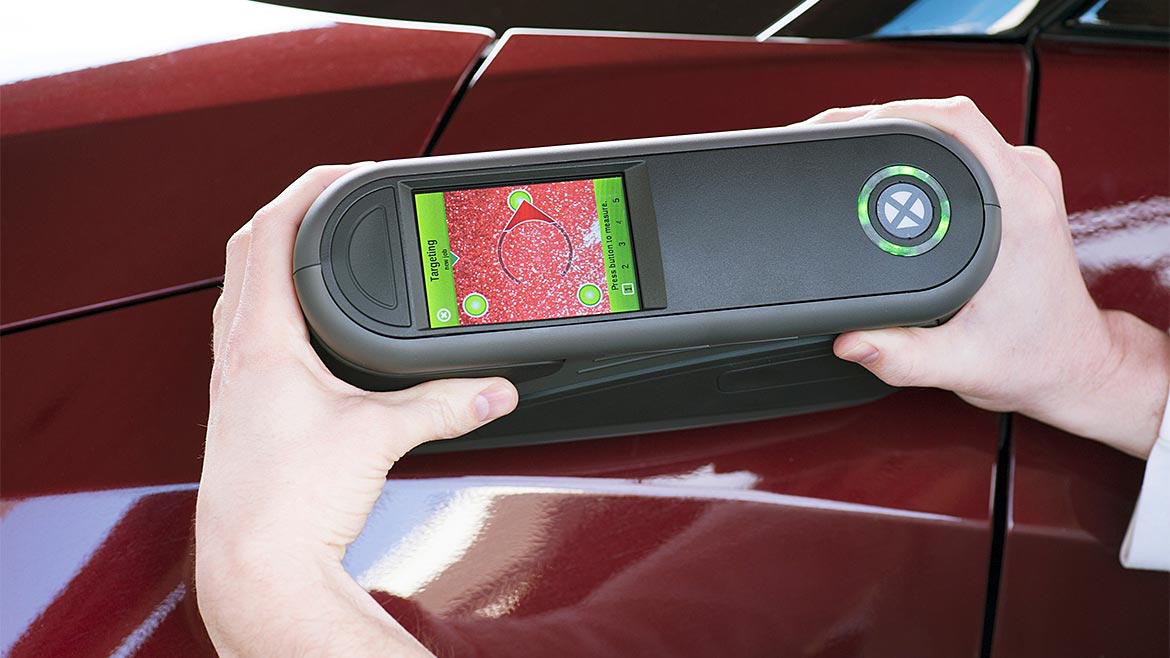
Automation’s role
Vendors are combining the measurement of color, gloss and texture into a single instrument, and some are automating these measurements with robots.
"Traditional robots that required heavier payloads and many safety requirements have been a barrier to entry of robotic color and appearance measurement systems," Shrider says. "With the advent of collaborative robots, robots can be implemented right alongside areas where people are manually measuring color, gloss, appearance (orange peel) and texture. These small robots are more agile, easier to program and set up, and more cost effective leading to much faster payback."
Perhaps most important, Shrider says, is the robot’s ability to collect more data on a per-shift basis — driving better decisions — than a human would.
Ensuring a color match
How can manufacturers ensure that colors remain within tolerance and that the end result closely matches the brand design intent?
As Sherri Thompson, content marketing manager, Paul N. Gardner Company (Gardco) | Byk-Gardner USA, says, "Good color matching starts with design and feasibility testing."
Testing is necessary to ensure that the color is achievable and that the pigment is available at a sustainable cost, she says. "At this point a standard and tolerances are established for the chosen color. Next, the approval process begins to ensure color match to standard as well as color harmony between multiple components."
Greg Shrider, key account manager, Byk- Gardner USA, echoes this.
"To ensure a good color match we have to work backwards from design intent," says Shrider. New colors will typically "go through some workability or feasibility testing to ensure that color is achievable and reproducible," and pigment choices are also reviewed for stability, durability, availability and costs targets are aligned.
"Once those capabilities are known, tolerancing to a color standard can be trialed," Shrider says. "While many manufacturers have an initial color tolerance in mind, most will go through an initial first-part approval submission process to ensure multiple parts/components have not only good color match to the standard but also color harmony to each other."
Then, color tolerances are confirmed for production based on historical production capabilities.
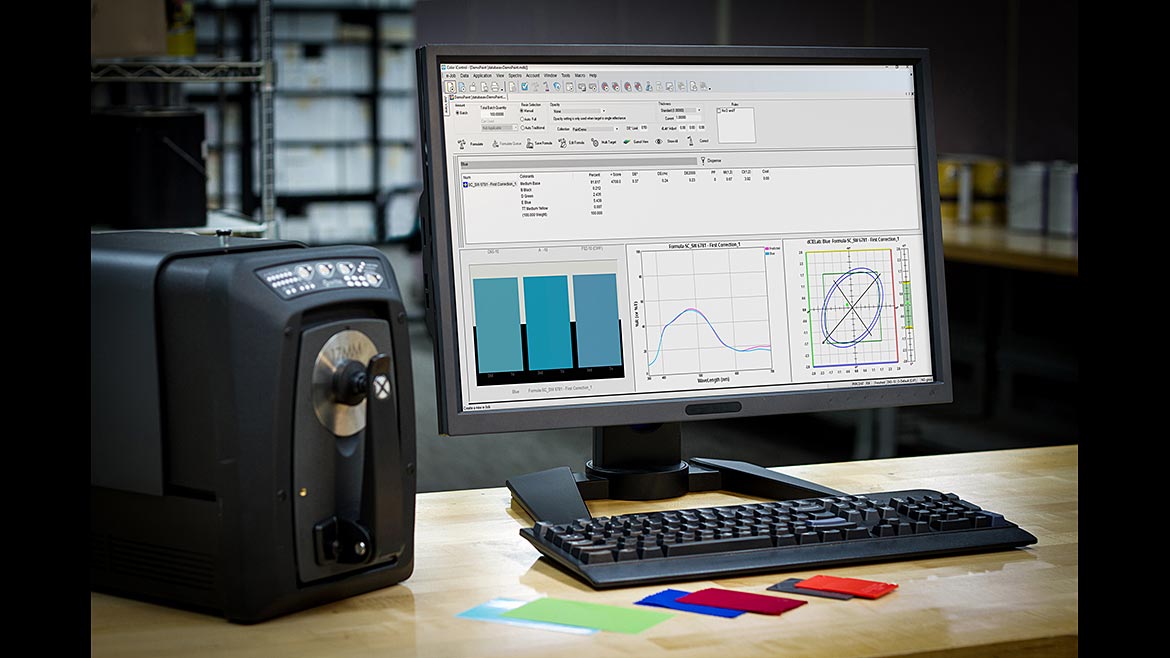
Sustainability on the rise
The integration of digital technologies in color quality control has not only improved accuracy and efficiency but also enabled the adoption of sustainable practices. According to Adby, "the demand for non-toxic, biodegradable pigments and dyes has surged, driving innovation in the development of environmentally responsible colorants." With digital color measurement technologies, companies can reduce waste and minimize their environmental impact by using eco-friendly materials and adopting sustainable production methods.
As the push for sustainability continues to shape color quality control, circular economy principles are becoming more popular. This approach focuses on creating closed-loop systems that minimize waste and maximize resource efficiency. By repurposing and recycling materials, companies can extend the life of pigments and dyes, reducing their environmental impact.
Another emerging trend is the development of innovative, bio-based colorants derived from renewable resources, such as algae, bacteria, and plant-based extracts. These alternative colorants offer unique aesthetic qualities that expand the realm of design possibilities while being sustainable and eco-friendly.
Lastly, consumer awareness and demand for eco-friendly products are driving the adoption of eco-labels and certifications for color quality control, promoting transparency and accountability within the industry. This trend is expected to continue, as consumers become more conscious of the environmental impact of the products they use.
In conclusion, the impact of technology on color quality control has been significant, enabling greater precision, efficiency, and sustainability in the field. From manual and subjective methods to digital color measurement technologies, the industry has come a long way. As emerging trends continue to shape the industry, the future of color quality control looks greener and more innovative than ever.
It’s important to note that your color management tools are only as good as the processes you set up, the people operating the system and the capability of the brands or suppliers you work with, says Vliet.
"Making sure your process is properly designed and implemented is crucial to the overall success of any color management program. Proper training of your staff is equally vital," he adds. "As a brand, insisting that a supplier is verified before you start working with them is an excellent way to ensure they are capable of meeting your color specifications."


